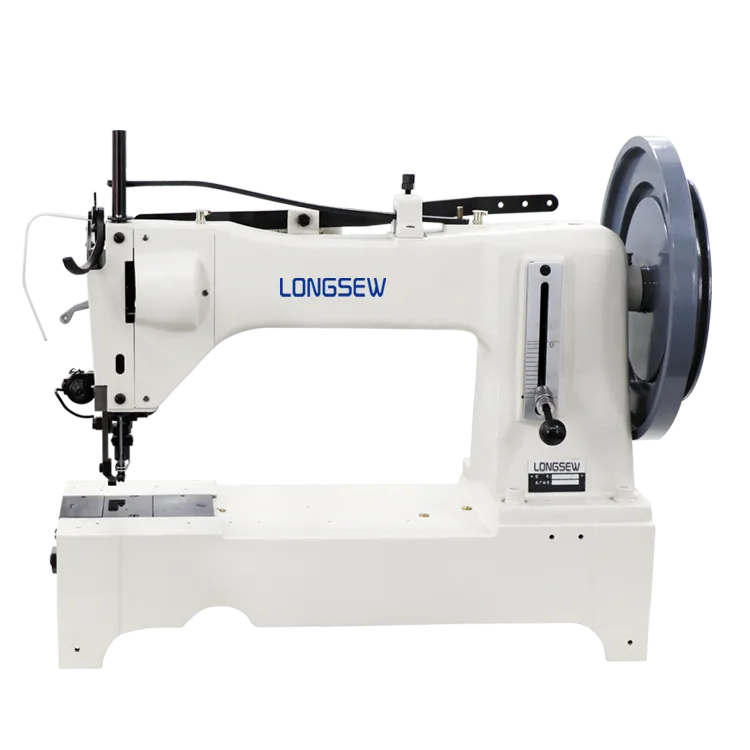Crafting Detailed Ship Models with Exquisite Sail Designs for Enthusiasts and Collectors
The Art of Sewing Model Ship Sails
Model ship sailing is a cherished hobby for many enthusiasts, combining elements of craftsmanship, history, and a profound appreciation for maritime culture. At the heart of this hobby lies the intricate art of sewing model ship sails. These sails not only enhance the visual appeal of a model ship but also contribute to its authenticity, allowing modelers to recreate the grandeur of historical vessels. This article explores the techniques and materials involved in sewing model ship sails, as well as tips to achieve stunning results.
Understanding the Importance of Sails
Sails have played a crucial role in naval history, serving as the driving force for ships that traversed oceans and traded goods across the globe. In model shipbuilding, sails help convey the true spirit of maritime exploration. A well-crafted sail can evoke the image of a ship braving treacherous waters, its canvas flapping in the wind. Therefore, dedicating time to the details of sail construction is essential for any model ship hobbyist.
Choosing the Right Materials
The choice of materials is fundamental when it comes to sewing model ship sails. Traditional sails were often made from cotton or linen, which provided durability and flexibility. For modern modelers, lightweight cotton fabric is still a popular choice, as it mimics the look and feel of historical sails while being easy to work with. For a more authentic touch, some modelers opt for silk or synthetic fabrics that replicate the natural sheen and texture.
In addition to fabric, threads and rigging materials should be carefully chosen. Strong, durable threads are necessary to withstand tension and mimic the structural integrity of real sails. Nylon and polyester threads are often recommended, as they offer both strength and a fine finish, ensuring that seams are visually appealing.
Techniques for Sewing Sails
sewing model ship sails

Sewing model ship sails involves a series of steps that require attention to detail and precision. The first step is to design the sail shape. Most modelers use patterns based on historical ships, adapting dimensions to scale. Once the pattern is established, the fabric is cut accurately, allowing for a seam allowance for stitching.
When it comes to sewing, there are several techniques to consider. The basic straight stitch is ideal for assembling the sails, while a zigzag stitch can be applied to prevent fraying along the edges. Hemming the edges not only enhances durability but also creates a finished appearance. Additionally, decorative stitching can be employed for aesthetic appeal, adding authenticity to the model ship's sails.
Assembling the Sails
After sewing the sails, they need to be attached to the model. This process involves carefully threading the sails onto the rigging and ensuring they are taut and correctly positioned. The alignment of sails is crucial for achieving a realistic look, as they should reflect how they would behave in the wind. A well-rigged sail enhances not only the aesthetics of the model but also its functionality, should the model be used for sailing.
Final Touches
As with any craft, the final touches make a significant difference. Weathering techniques can be applied to simulate the wear and tear that real sails would experience over time. Subtle aging and staining can add realism, evoking the sense of adventure associated with high seas exploration.
In conclusion, sewing model ship sails is an essential aspect of model shipbuilding that combines artistry and historical appreciation. By selecting the right materials, employing precise sewing techniques, and paying attention to detail, modelers can create stunning sails that breathe life into their maritime creations. Whether for display or sailing, these sails serve as a testament to the enduring allure of the sea and the skill of the craftsman behind each model.
-
Industrial Cylinder Arm Sewing Machine: Revolutionizing Heavy-Duty SewingNewsJul.28,2025
-
Cylinder Arm Sewing Machine: Perfect for Special Sewing ApplicationsNewsJul.28,2025
-
Cylinder Bed Sewing Machine: Essential for Sewing Complex MaterialsNewsJul.28,2025
-
Heavy Duty Sewing Machine: The Essential Tool for Industrial ApplicationsNewsJul.28,2025
-
Computerized Pattern Sewing Machine: Revolutionizing Precision StitchingNewsJul.28,2025
-
Heavy Duty Industrial Sewing Machine: Power Meets PrecisionNewsJul.28,2025
-
Leather Sewing Machine: The Industrial Standard for Tough MaterialsNewsJul.18,2025





























